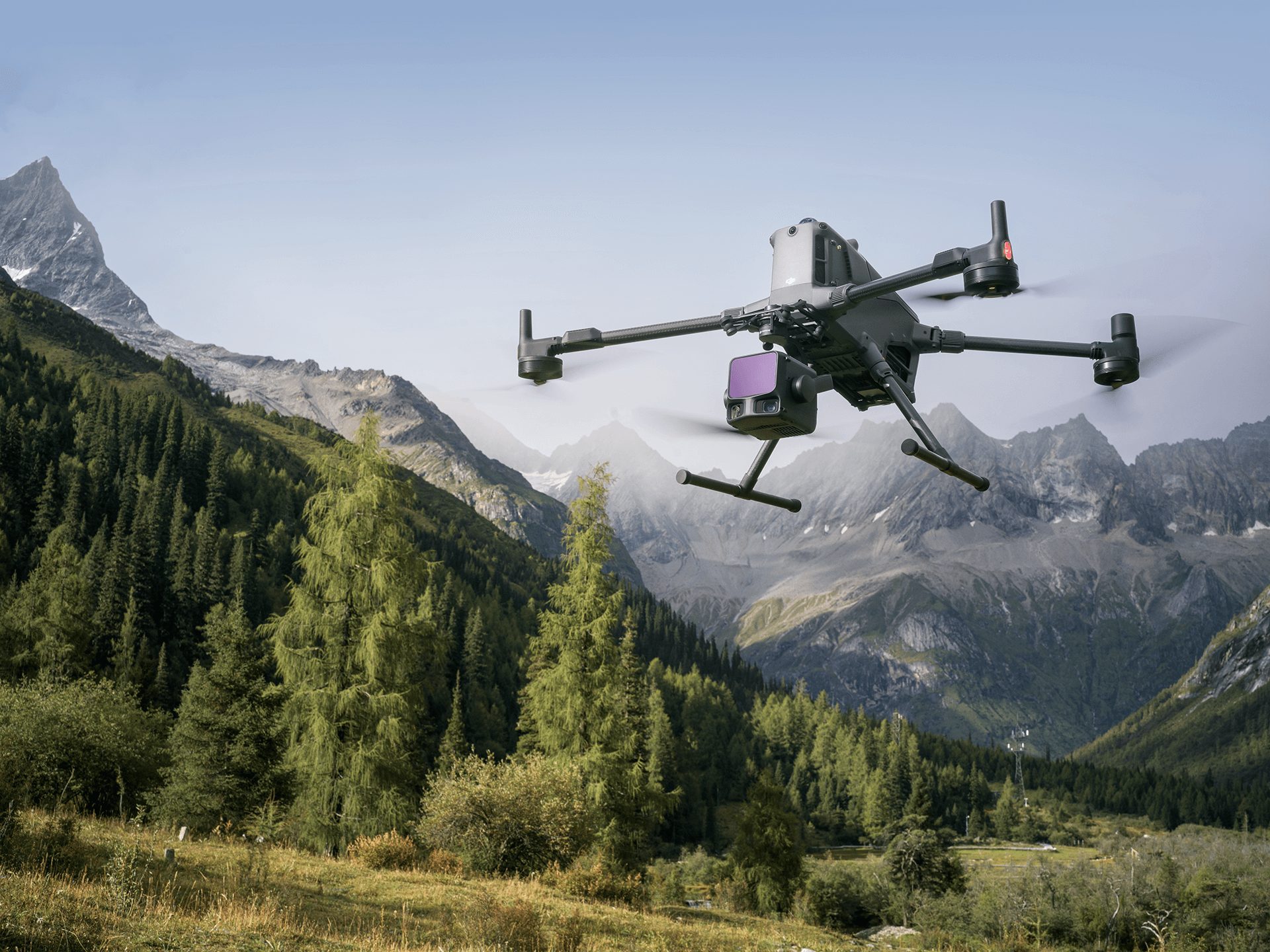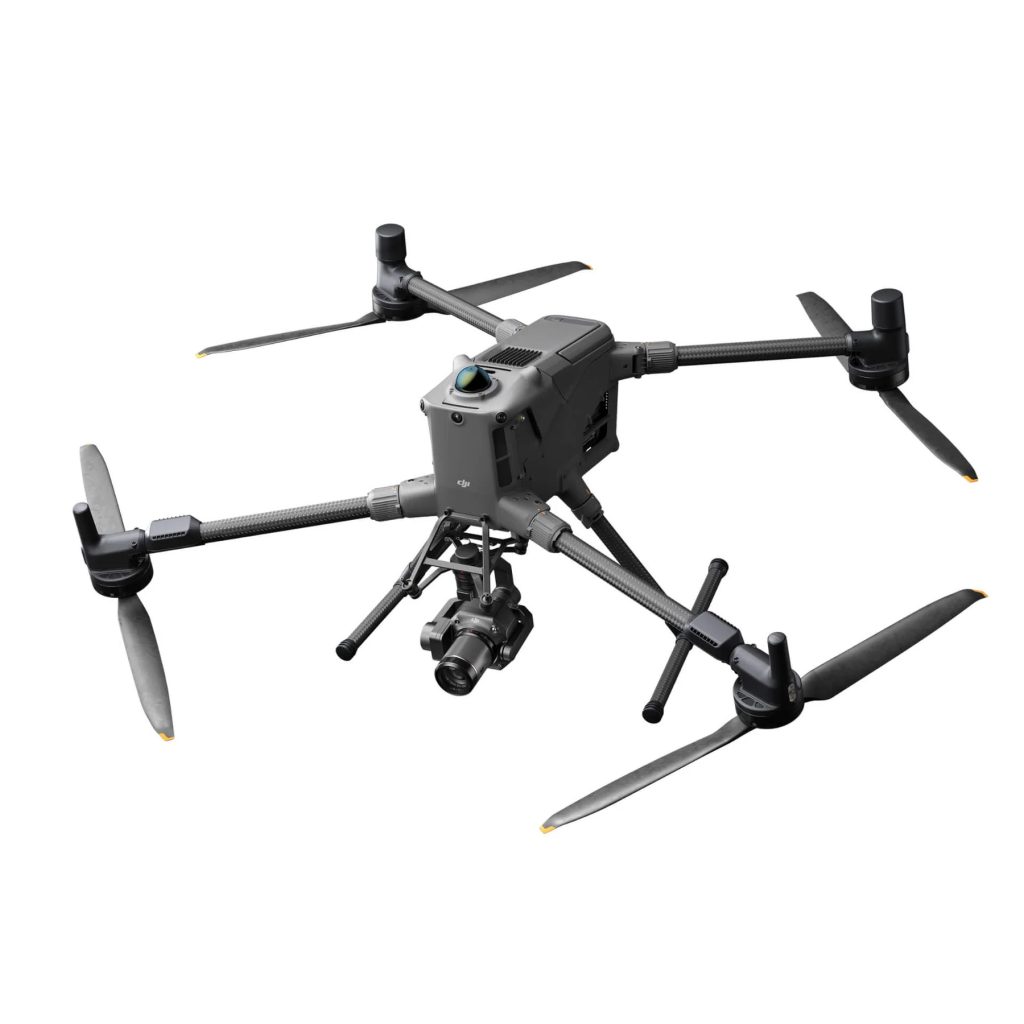
AI is revolutionising public safety. From real-time video analysis to geospatial intelligence, advanced technologies are helping police forces do more with less. For UK Police, tools like Reveal Farsight are making operations faster, safer, and more cost-effective.
In recent years, AI has moved from tech buzzword to practical tool in policing. Advanced algorithms now analyse vast amounts of data – from video footage to crime records – far faster than humans. For example, a Deloitte study found that smart city technologies (like AI-powered surveillance and analytics) could reduce crime by up to 40% and cut emergency response times by up to 35%. Many police agencies are experimenting with AI for tasks such as facial recognition, gunshot detection, and real-time crime mapping. In fact, cities worldwide are investing in real-time crime centres that integrate CCTV cameras, sensors, and predictive models to allocate officers more efficiently.
However, the rise of AI in policing comes with challenges. Privacy and ethics are front-of-mind – from debates over facial recognition’s impact to concerns about bias in algorithms. Police leaders know that building trust is as important as building new tech. Any AI deployment must be transparent, rigorously tested, and guided by policy. Despite these concerns, the momentum is clear: AI tools, used responsibly, are proving they can enhance policing outcomes.
Crucially, AI is not about replacing officers – it’s about augmenting human decision-making. As one law enforcement AI provider notes, the goal is to automate tedious, time-consuming tasks so that highly trained officers can focus on what they do best: engaging with the community and making judgment calls in complex situations. In other words, AI handles the grunt work (sifting data, spotting patterns, generating alerts), while humans handle the nuanced, interpersonal, and strategic aspects of policing. This partnership between cops and computers is starting to define modern public safety.
AI in Public Safety: Key Trends
AI is already making a difference worldwide:
- Automated Analysis: AI quickly scans CCTV, social media, and digital evidence, slashing analysis time from hours to minutes.
- Real-Time Crime Centres: Police now access live intel from integrated systems, improving response times.
- Computer Vision: Smart cameras detect weapons, track movement, and alert officers in real time.
These tools augment, not replace, officers, allowing them to focus on decision-making while AI handles data-heavy tasks.
Case Studies
- Met Police: Used AI to review child abuse images, reducing review time by 98%.
- NYPD: Pattern-matching software links crimes across boroughs within seconds.
- G7 Summit Security: Devon & Cornwall Police used 3D mapping and geospatial tools for flawless event planning.
Enter Reveal Farsight…
Given these trends, how can UK police forces practically harness AI for their own operations? One answer is Reveal Farsight – a platform designed specifically to bring advanced situational awareness to public safety teams. The software integrates technologies like computer vision, geospatial analytics, and edge computing into a user-friendly solution for police. Its development has its roots in defence and tactical military use, but can be tailored to first responders and law enforcement scenarios, where speed, accuracy, and safety are paramount.
What is Farsight? In a nutshell, Farsight is a geospatial intelligence platform that turns data from drones and other sources into real-time, actionable intelligence. It enables officers on the ground to get a full 3D picture of their environment within minutes, aiding everything from emergency response to event planning
- Rapid Mapping: Generate 2D/3D maps from drone or mobile footage in minutes.
- Line-of-Sight Analysis: Identify visibility risks instantly—crucial in armed or high-risk incidents.
- AI Route Planning: Automatically plot safest, fastest routes through complex environments.
- Shared Intelligence: Officers and command can view live data and insights collaboratively.
Why It Matters
- Save Time: Faster scene assessments and investigations.
- Save Money: Avoid costly hardware; use existing drones and devices.
- Stay Safer: Reduce risk with better planning and awareness.
In a nutshell, Farsight is scalable, easy to use, and designed to fit seamlessly into modern policing operations. By focusing on situational awareness and real-time intelligence, it addresses the very needs that police leaders talk about – “better information, quicker, to the right people.” Instead of drowning in data, officers get clarity. Instead of reacting blindly, they can plan proactively. And instead of spending precious resources on inefficient processes, they can reallocate time and budget to front-line policing and community engagement.
For UK law enforcement leaders looking to future-proof their agencies, now is the time to explore solutions like Farsight. Early adopters will gain a tactical edge and set the template for others to follow, much as pioneering forces have done with body-worn cameras and analytics in years past. The technology has matured to a point where it is robust and user-friendly – and proven in the field. The remaining step is leadership vision and willingness to innovate.
Download our FREE GVC Training Guide
Learn everything you need to know about becoming a drone pilot with our GVC training guide.
- Get a full course roadmap to understand every step of the journey
- Contains clear answers to all of the frequently asked questions
- Get a transparent and comprehensive breakdown of course costs












